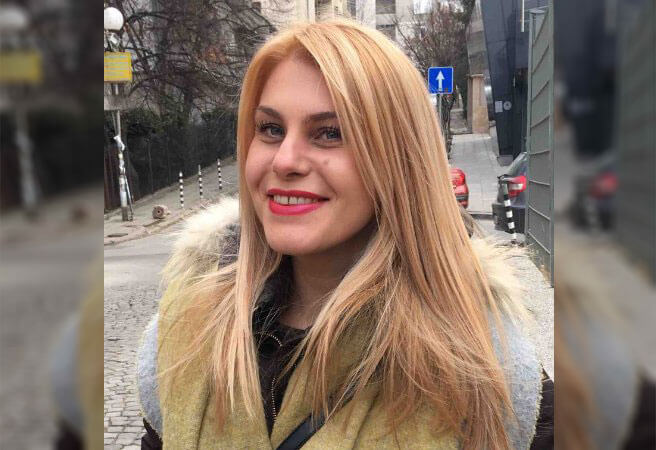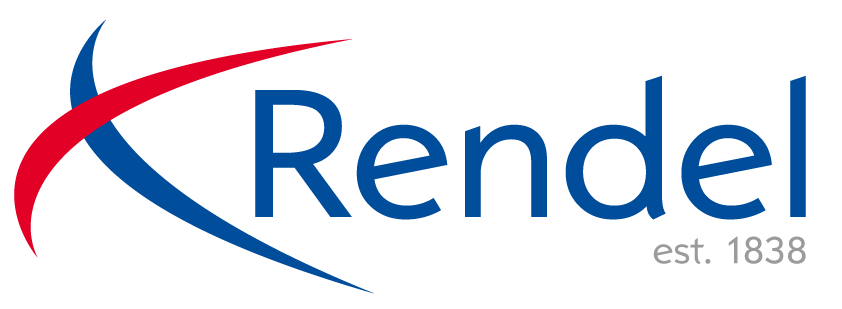
January 2018
International Women’s Day
On International Women’s Day, we asked civil engineer, Petya Petkova, about her works as a STEM ambassador, her experience as a female civil engineer and her advice to the next generation of engineers, both male and female.
Questions
1. What inspired you to become a civil engineer?
At school I was inspired by the potential for making people`s lives better and easier. For example, on how people could commute more quickly and comfortably from A to B by any type of transport; and the building of links between different areas – bridges, tunnels, highways, railway. Mathematics was my favourite subject at school and civil engineering is considered a prestigious profession – so my career path came naturally to me.
2. Were there many other female students when you were studying?
I obtained my degree in Bulgaria, where Civil Engineering is a popular profession for both men and women. The female students made up around 50%. I understand from my peers that there is not a similar ratio in UK universities. I hope I can see the same in UK`s universities, in the near future.
3. Describe your career so far? Have you had the opportunity to travel and work on different types of projects?
My career so far has been great. I am so glad it started on site in Bulgaria as an apprentice building theNew Europe Bridgelinking Vidin, Bulgaria and Calafat, Romania across the Danube. Rendel was also working on the project at that time. After I joined Rendel and graduated I worked in Kazakhstan as a Design Coordinator on site of the Atkau international sea port expansion project. Since then I have been based in London and, although I have been located here for last three years, I have been working on different international projects which have required me to meet clients and joint venture partners, including:
- Obhur Creek Bridge and Secondary Bridges, Saudi Arabia
- Highways projects in Ukraine, Moldova and Ghana
- A ports and maritime project in Egypt
Most recently, I have been working on theHS2 (High Speed 2)project as part of Rendel’s team working with the ALIGN JV.
4. What are you doing to encourage the younger generation to become engineers?
I know that when you are at school it is very difficult to decide what you want to be in life and which career journey to choose, so I have decided to become a STEMNET Ambassador, where I can inspire and show the students what it actually is to be a Civil Engineer. I have found the students are always impressed with what the profession offers – flexible working – on site or in the office, commercial or technical, travel abroad with lots of opportunities.
5. What do you love about your job?
What I love about my job is the ability to work in any country in the world, contribute to people`s wellbeing and of course, the everyday challenges of the profession. Every day I learn something new. I think this is the best way to grow personally, professionally and enrich yourself.
6. What challenges do you face in your role?
In my current role, working as Road and Interface Engineer on HS2, lot C1, the challenge is with the innovative software we work with and the need for compliance of 3D models and drawings with HS2 requirements- this is the real challenge for me. Despite the challenge, it is a great opportunity to keep up with the innovations within civil engineering and to develop strong technical and leadership skills.
7. What qualities, strengths and academic aptitudes do you think are important in becoming an engineer?
Commitment, determination and flexibility are good personal skills for being an engineer, and of course it helps to be good at mathematics and physics at school.
8. What were your favourite subjects at school?
I loved all the subjects as they gave me knowledge in different areas, but mathematics was my favourite.
9. How do you keep up with industry news e.g. NCE, Rendel CPD, etc.?
Rendel subscribes to industry magazines and I receive the New Civil Engineer. I attend lectures and talks at the Institution of Civil Engineers and Rendel offers Continuous Professional Development, software training and lunchtime talks about the range of projects my colleagues are working on. If I am very busy I usually open LinkedIn during my bus journey in the morning. Nowadays it is very easy to get information and updates about the innovation of civil engineering all over the world.
10. Once you have become a Chartered Engineer, are you planning to mentor other engineers through their Chartership?
Although I am not a Chartered Engineer yet, I always love helping new graduates with the training, assisting them with understanding the attributes and how to write their reports. After obtaining my Chartered status, I would definitely like be more involved in mentoring less experienced engineers.
11. What would you say are the benefits of working for a smaller engineering consultancy firm, like Rendel?
Working for a smaller engineering consultancy firm, it is always easier to talk to everybody in the office, you can always learn something new during lunch time for example, from people working on other projects. Also, when you work for a smaller company you have different projects, roles you undertake and responsibilities, so you gain a variety of experience and grow as a professional more quickly.

